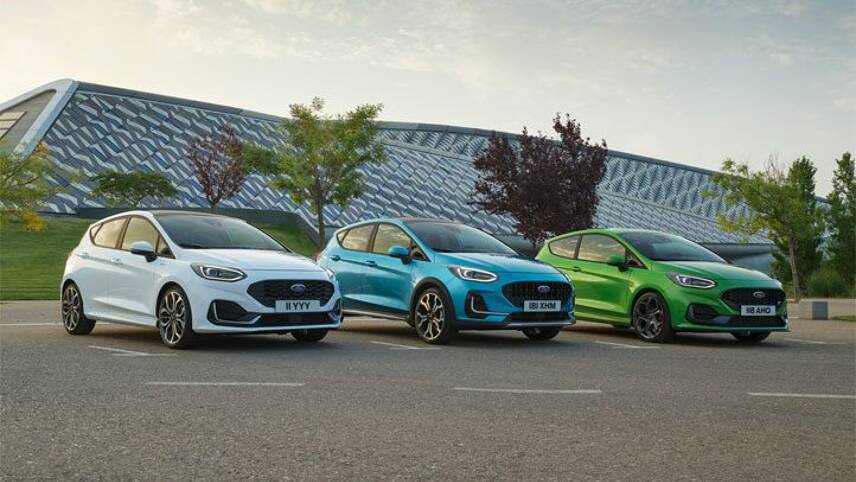Register for free and continue reading
Join our growing army of changemakers and get unlimited access to our premium content

Pictured: Ford's new Fiesta design
Ford announced plans to invest at least $22bn globally in EVs by the end of 2025 earlier this year, and has since increased the pledge to $30bn. The package announced late on Monday (27 September) represents the first major allocation of this funding.
The $5.8bn battery plants will be built in central Kentucky while the $5.6bn campus will be based in Stanton, Tennessee. Ford said in a statement that, across all the facilities, a total of 11,000 new jobs will be created.
Ford’s plans for the campus, called Blue Oval City, include research and development facilities, design facilities, battery production, a small assembly line for F-Series EVs and battery recycling capacity. Ford is targeting carbon-neutral accreditation and zero-waste-to-landfill status for Blue Oval City, which it expects to begin operations in 2025.
The battery manufacturing park, meanwhile, will be called the BlueOvalSK Battery Park. Ford will develop and operate them in partnership with SK Innovation, a Korean developer of innovative vehicle technologies. It will consist of two co-located plants collectively capable of producing 86 GWh annually.
“This is a transformative moment where Ford will lead America’s transition to EVs and usher in a new era of clean, carbon-neutral manufacturing,” said Ford’s executive chair Bill Ford.
“With this investment and a spirit of innovation, we can achieve goals once thought mutually exclusive – protect our planet, build great EVs Americans will love and contribute to our nation’s prosperity.”
The announcement build on existing commitments from Ford to expand production capacity at its EV centre in Dearborn, Michigan, and to spend $525m by the end of 2025 on auto technician training, with a focus on EVs.
EV strategy
Ford’s overarching EV goal is for half of all global sales to be accounted for by EVs by 2030. The firm will cease producing petrol and diesel cars in Europe by this point, given that the UK is banning new petrol and diesel car sales and the EU is mulling a similar move.
This transition is expected to reduce Ford’s Scope 3 (indirect) emissions from the use phase of its vehicles by 50% per kilometre travelled by 2035, against a 2019 baseline. That target has been verified in line with a 1.5C pathway by the Science-Based Targets Initiative (SBTi). The SBTi has also verified Ford’s goals to cut perational emissions by 76% by 2035, against a 2017 baseline.
Sarah George


Please login or Register to leave a comment.